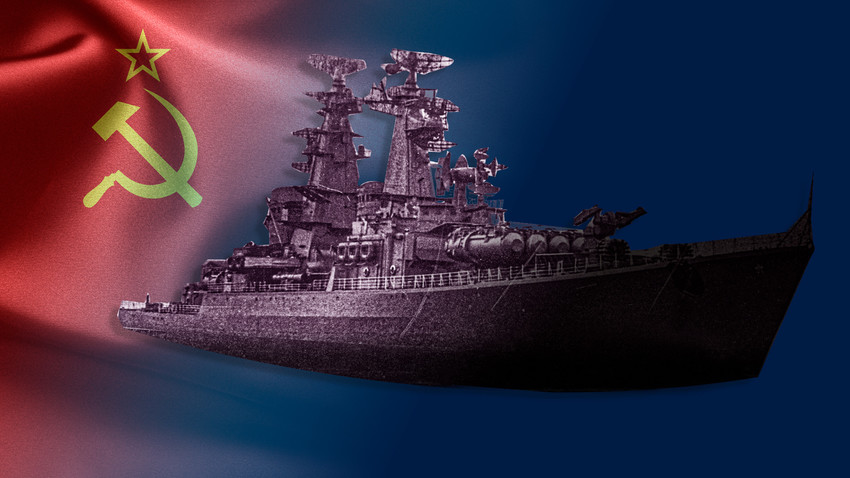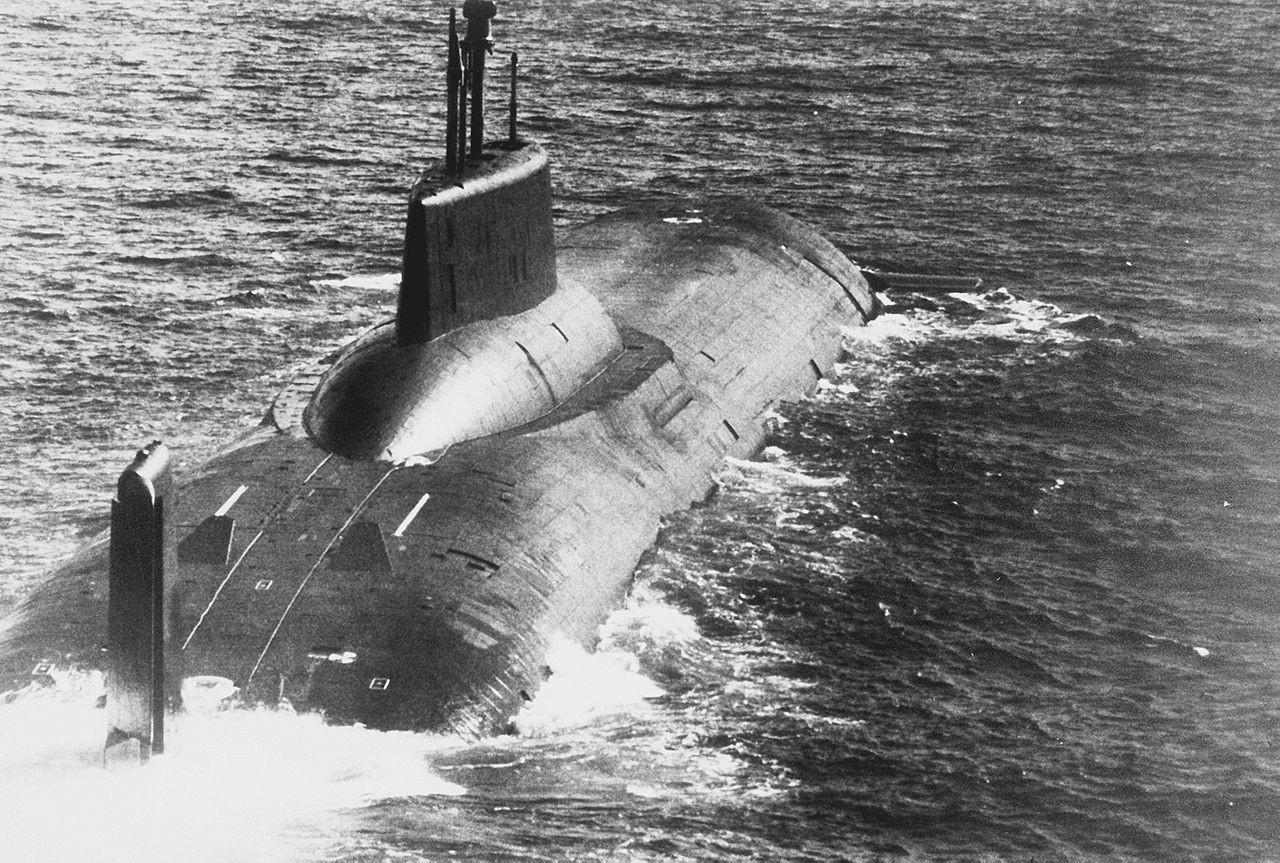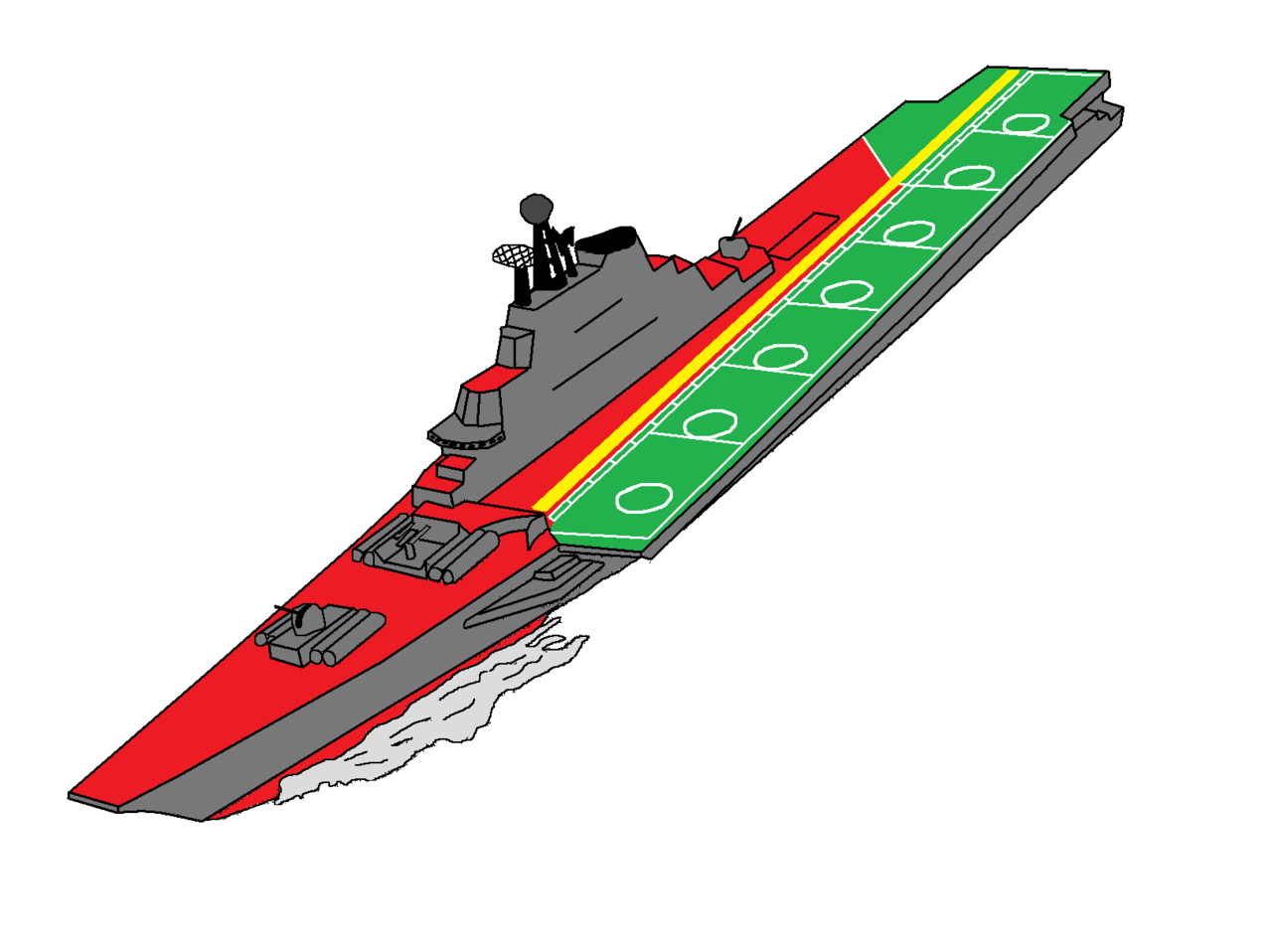

German reconnaissance picture of Sovetsky Soyuz taken in June 1942
Public DomainBack in the 1930s, the Soviet leadership wanted to create a powerful ocean fleet to balance the naval forces of the leading world powers of those days. So the main focus was on creating a number of battlecruisers under the so-called project 23 ‘Soviet Union’.
These would have become the largest and most powerful battleships of the mid-30s, with water displacement of 65 000 tons, while the ships themselves would have reached 270 meters in length and 38 meters in width. Each ship’s engine would have had 200,000 horsepower and could have made these naval monsters move at a speed of up to 29 knots (around 30 miles per hour) with around 1,300 sailors and officers on board.
Their main weapons were supposed to be the three 406-mm artillery guns which fire
At the same time, these battleships were planned to have thick
Yet World War II changed the Soviet leadership’s plans on constructing these monsters, as the army needed other, more important weapons on the battlefield. No ship was fully completed and their hulls were disassembled and used for constructing Leningrad
Once the war was over, the Soviet economy had no money to afford such an ambitious project. In years,

Soviet 'Akula' nuclear submarine
Public DomainNuclear submarines of project 717
The project was launched in 1971. Each submarine was designed to take 20 tanks and light
In addition to this, each one of these submarines was meant to be armed with 252 naval mines, six torpedo tubes
“Yet these submarines were never created, as in the

Project 1143 carrier simple drawing
Public DomainAircraft carriers of project 1143.7 were meant to rival the largest American aircraft carriers, with the possibility of storing 70 jets, bombers and helicopters on board. In other words, a complete floating airbase.
Each ship had 80,000
Such ships would have been able to spend four months in open seas without visiting ports and take on board the latest
Yet the Soviet Union fell apart in 1991 and Moscow had other issues to concentrate on in the new era of its history. So new aircraft carrier projects were abandoned and already constructed ship hulls were disassembled in 1992.
If using any of Russia Beyond's content, partly or in full, always provide an active hyperlink to the original material.
Subscribe
to our newsletter!
Get the week's best stories straight to your inbox